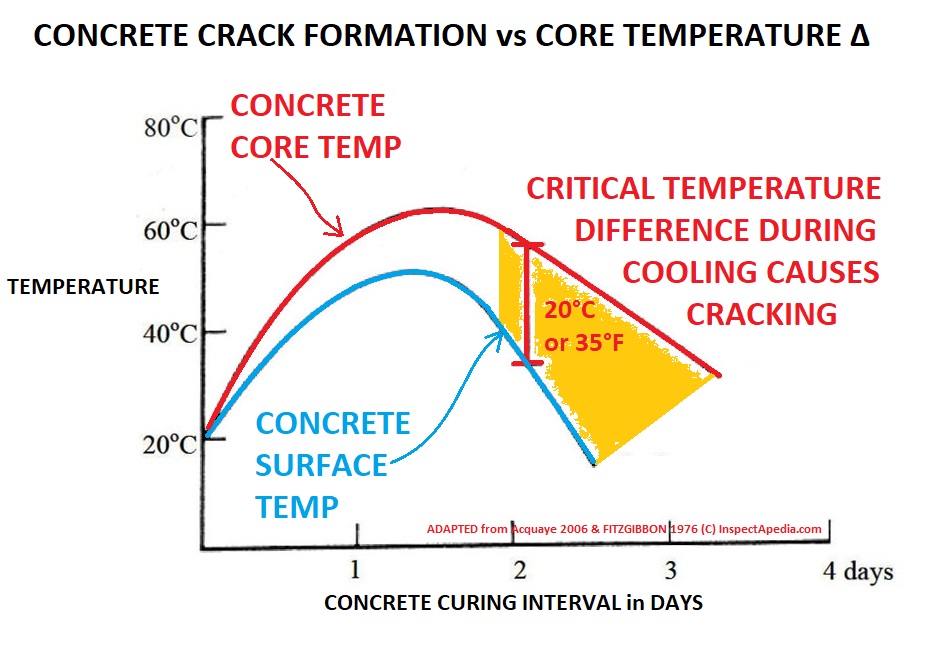Understanding the Process of Crack Formation in Concrete: Causes and Prevention
Concrete is a commonly used construction material due to its durability and strength. However, it is not immune to damage and can develop cracks over time. Cracks in concrete structures can be caused by a variety of factors, including environmental conditions, physical impact, and construction practices. Understanding the process of crack formation in concrete can help identify potential issues and prevent further damage.
The process of crack formation in concrete can be broken down into several stages:
1. Concrete Mixture: The first stage in crack formation occurs during the mixing process of the concrete. If the mixture is not properly proportioned, the concrete can be too weak or too brittle, making it more susceptible to cracking.
2. Curing Process: The curing process is critical in the formation of strong concrete. During this stage, the concrete hardens and gains strength. If the concrete is not properly cured, it can become weaker and more prone to cracking.
3. Shrinkage: As the concrete dries and hardens, it naturally shrinks. This shrinkage can cause stress on the surface of the concrete, leading to cracking.
4. Thermal Expansion and Contraction: Changes in temperature can cause concrete to expand and contract. These changes in size can cause stress on the surface of the concrete, leading to cracking.

5. Moisture: Exposure to moisture can cause concrete to weaken and become more susceptible to cracking. Moisture can enter the concrete through pores or cracks and cause damage from the inside out.
6. Physical Impact: Physical impact, such as heavy loads or blunt force, can cause cracks in concrete.
7. Chemical Reactions: Such as corrosion from exposure to moisture and oxygen over time, as well as exposure to chemicals or acids, can weaken the concrete and cause it to crack.
In order to prevent crack formation in concrete, it is important to take steps to ensure proper construction and maintenance practices. This includes proper mixing and curing of the concrete, installation of reinforcing materials, and regular inspections to identify potential issues.
If cracks do occur, it is important to address them promptly to prevent further damage. This can include filling the cracks with a sealant or repairing the damaged area with new concrete.
In conclusion, understanding the process of crack formation in concrete can help identify potential issues and prevent further damage. By taking steps to ensure proper construction and maintenance practices, concrete structures can remain strong and durable for years to come.
Got questions?
Give us a call at (323) 329-7068 , send an email to [email protected] , or submit our contact form online – whatever works best for you! Let’s get in touch and start today!

